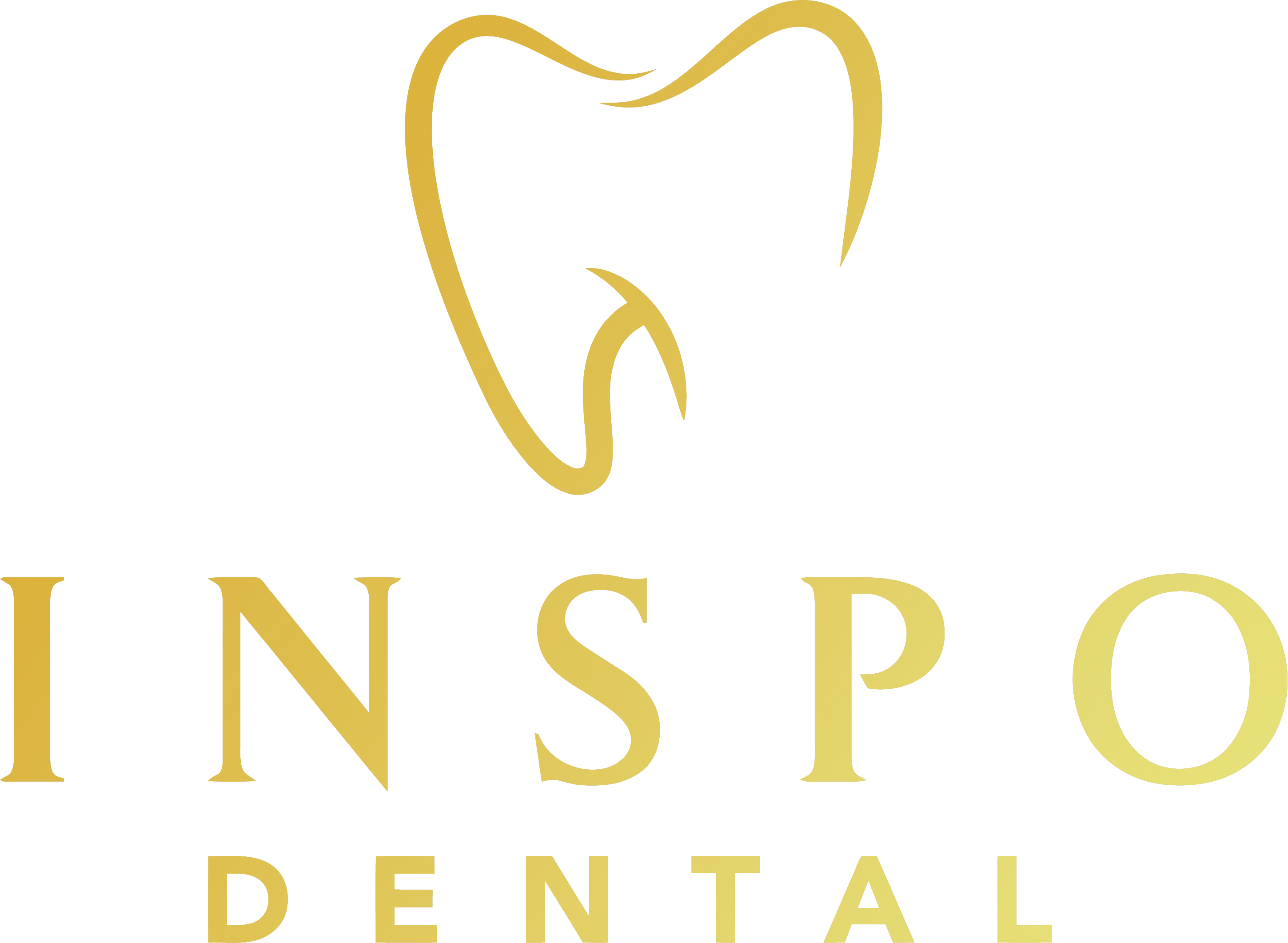
Cavities remain one of the most common chronic conditions globally. While brushing and flossing help maintain oral health, they’re often not enough—especially when it comes to protecting the grooves and pits of molars.
Enter dental sealants—a simple, pain-free solution that acts as an invisible shield, guarding your teeth from decay for years. In this guide, we’ll explore how dental sealants work, who needs them, and why they’re the hidden key to long-term cavity protection.

Dental sealants are thin, protective coatings made from medical-grade resin or plastic. They’re applied to the chewing surfaces of molars and premolars—areas most prone to cavities due to their deep grooves and uneven surfaces.
Once applied, the sealant bonds with the tooth’s enamel, forming a barrier that prevents food particles, plaque, and bacteria from settling into these vulnerable crevices.

Sealants provide a physical barrier that blocks out decay-causing agents. Unlike fluoride, which strengthens enamel chemically, sealants work mechanically—sealing off the areas where cavities often begin.
Key Benefits of Dental Sealants:






Dental sealants are not just for kids. While they are most commonly applied to children and teens, adults with healthy molars and no prior restorations can also benefit.
- Ideal Candidates:
- Children aged 6–14 with newly erupted molars
• Teens with deep grooves in their back teeth
• Adults prone to cavities or with no molar fillings
• People with limited access to dental care
• Patients with high-sugar diets or poor oral hygiene

The earlier, the better. Sealants offer the most protection when applied soon after molars erupt—typically around ages 6 and 12.
But there’s no strict age limit. As long as the teeth are free of decay or fillings, adults can get sealants too.

The procedure is quick, painless, and performed during a regular dental checkup.
- Step-by-Step Overview:
- Cleaning: The tooth is cleaned and dried
• Etching: A mild acidic solution roughens the enamel for bonding
• Rinsing: The etching gel is rinsed off, and the tooth is dried again
• Application: The sealant is painted onto the chewing surface
• Curing: A special light hardens the material within seconds

Sealants typically last between 5 and 10 years, depending on chewing habits, diet, and oral hygiene. Your dentist will check their condition during routine visits and reapply them if necessary.
Longevity Factors:





Dental sealants are among the most affordable preventive treatments available. Many dental insurance plans cover 100% of the cost for children, and some even extend partial coverage to adults.
- Why Sealants Are a Smart Investment:
- Prevent costly future treatments (fillings, crowns, root canals)
• Covered by most insurance plans for kids
• One-time cost for multi-year protection
• Less expensive than treating cavities after they occur

Not at all. Sealants are an added layer of protection, not a replacement for daily oral care.
- Maintain Oral Hygiene:
- Brush twice a day with fluoride toothpaste
• Floss daily to clean between teeth
• Limit sugary snacks and drinks
• Visit your dentist every 6 months

- Myth 1: “Sealants are only for kids.”

- Myth 2: “Sealants don’t last long.”

- Myth 3: “Sealants contain harmful chemicals.”

- Myth 4: “I brush well, so I don’t need sealants.”


Preventive Method | Function | Pain-Free | Duration | Cost |
Dental Sealants | Physically block decay |
| 5–10 years | Low |
Fluoride Varnish | Strengthen enamel against acids |
| 3–6 months | Very Low |
Fillings | Repair existing cavities |
| 5–15 years | High |

Sealants aren’t just individual treatments—they’re a critical public health strategy.
According to the CDC:




Recent innovations have made sealants more effective and durable than ever.
- What’s New:
- Fluoride-releasing sealants that offer double protection
• Tooth-colored and clear materials for a natural appearance
• Nano-particle integration for better adhesion and longer wear
• Faster curing lights to speed up the application process

While dental sealants are widely recommended for general cavity prevention, they’re also proving valuable in special cases beyond the typical candidates.
- Deep Enamel Grooves and Hypoplasia
Some individuals naturally have deeper-than-average fissures or suffer from enamel hypoplasia—a condition where enamel doesn’t form properly. These cases make them more susceptible to rapid cavity development.
Sealants are a non-invasive way to protect compromised enamel surfaces and minimize decay risk in vulnerable areas.
- Orthodontic Patients
People undergoing orthodontic treatment, especially with braces, often struggle to maintain optimal oral hygiene. Food particles and plaque buildup around brackets and wires, especially on molars.
Applying sealants before or even during orthodontic treatment can serve as an extra line of defense during the critical period when oral care routines are disrupted.

One size doesn’t fit all—especially in dentistry. Understanding how sealants are tailored for various age brackets offers further clarity for parents and adults.
- Children (6–12)
This is the ideal age group for preventive sealant application. Since molars erupt during these years, early sealing protects these fresh teeth before decay has a chance to start.
- Teenagers (13–18)
Teens often develop dietary habits that favor sugar and starches, increasing their risk of decay. Dentists may reinforce earlier sealants or apply new ones on second molars.
- Adults (18–60)
As awareness grows, more adults are requesting preventive treatments. Those with no history of molar decay or fillings are excellent candidates.
- Seniors (60+)
Although not common, some seniors with intact molars and good enamel health may qualify. The goal shifts here from cavity prevention to preserving independence in dental function.

Despite their proven efficacy, many patients remain unaware of dental sealants. Dentists and hygienists play a crucial role in not just offering the treatment, but also educating patients on its long-term value.
- What proactive dentists are doing:
- Explaining the cost-benefit comparison with fillings
- Showing before/after visuals of sealed vs. decayed molars
- Offering sealants as part of school dental check-up camps
- Including sealants in routine care plans, especially for high-risk patients
By prioritizing education over upselling, dental professionals can significantly improve adoption rates.

As technology advances, so does the way we apply and monitor dental sealants.
- Intraoral Cameras and AI Scans
Some clinics are now using AI-integrated intraoral scanners to identify molars with micro-fissures or early decay signs—helping dentists determine precisely where sealants are most needed.
- Patient Portals and Reminders
With smart scheduling systems, patients now receive automatic alerts to have their sealants checked, reducing the risk of unnoticed wear or deterioration.

Natural remineralization, often supported by fluoride and saliva, is a passive way your teeth resist decay. However, it’s not always enough, especially in people with high cavity risk.
- Sealants vs. Natural Remineralization:
Feature | Natural Remineralization | Dental Sealants |
Active Protection |
|
|
Duration of Effect | Varies | 5–10 years |
Accessibility | Happens randomly | Professionally applied |
Cavity Prevention Level | Moderate | Very High (up to 80%) |
Sealants provide targeted, long-term protection—especially when natural defenses fall short.

Dental sealants are not a standalone solution—they’re a strategic component of a broader preventive care philosophy. In modern dentistry, there’s a growing shift from reactive to preventive treatments, aiming to preserve natural teeth and reduce long-term healthcare costs.
- Integration into Regular Checkups:
- Dentists now map a patient’s cavity risk over time
• Sealants are recommended before signs of decay appear
• Combined with fluoride, nutrition advice, and hygiene education
By making sealants a routine preventive option, clinics help patients build long-term oral health strategies—especially families managing care across multiple age groups.

You’ve likely heard the phrase “you are what you eat,” and that’s especially true for your teeth. A poor diet undermines enamel strength. Here’s how sealants work synergistically with saliva and good nutrition:




While sealants protect surfaces, diet and hydration nourish your enamel from within—a holistic approach that supports sealant longevity and oral health outcomes.

One often overlooked benefit of sealants lies in their role within pediatric behavioral dentistry—specifically, in building positive dental experiences for children.
For many young patients, the first dental visit sets the tone for how they perceive oral care throughout their lives. Painful or anxiety-inducing treatments like fillings can lead to lifelong dental avoidance.
Sealants, however, offer:
- A completely painless procedure
- A fast, non-invasive experience
- No anesthesia, needles, or drills
By offering sealants early on, dentists not only protect children’s teeth but also help create a fear-free, trust-building relationship with dentistry. This improves long-term compliance and health outcomes.

Many families think of dental appointments as reactive—when there’s pain or a checkup is overdue. But sealants introduce an opportunity to structure care preventively across the whole household.
Here’s what a family-focused sealant plan may look like:
- Children receive sealants once molars erupt (6–12 years)
- Teenagers get their second molars sealed and first molars rechecked
- Parents schedule sealant checkups during their cleanings
- Seniors discuss preserving molars with sealant evaluation if eligible
The best part? Many clinics now offer family sealant packages, reducing cost while streamlining care across generations.

Dental emergencies are costly, painful, and often occur at the worst times. While most people associate emergencies with trauma or accidents, many are the result of advanced decay that began silently years before.
Common emergencies that sealants help prevent:
- Sudden molar pain while traveling
- Late-night toothaches in children
- School absenteeism from untreated decay
- Weekend ER visits for oral infections
By applying sealants before decay starts, patients avoid situations that result in lost time, lost money, and lost teeth.

Surprisingly, maintaining oral health also supports long-term cognitive and systemic health. Studies continue to show links between oral bacteria, inflammation, and neurological conditions like Alzheimer’s disease.
Sealants help reduce bacterial buildup in deep molar grooves, where it’s hardest to clean. While brushing helps, sealants provide a static line of defense against the bacterial load that can spread through the bloodstream.
It’s an often-unspoken benefit—one that connects oral prevention to whole-body wellness.

The conversation around dental sealants is expanding. Consumers today are more informed, more health-conscious, and actively seeking minimally invasive solutions.
- Observed Trends:
- Increase in adult sealant inquiries across urban practices
• Growth in cosmetic sealant options (clear, ultra-thin, polishable)
• Dental influencers and YouTubers discussing preventive methods
• Family plans by dental insurers now include sealant packages
We’re seeing sealants shift from “optional extras” to standard protocol—especially in forward-thinking dental practices focused on prevention-first care.

While sealants are widely available in developed countries, access remains inconsistent in some parts of the world. This impacts long-term oral health, particularly in children.

- In countries like the U.S., Canada, UK, and Australia, school-based programs often apply sealants in public schools
- In India and Southeast Asia, urban clinics offer them, but rural populations may not be aware of their benefits
- Public health missions by WHO and NGOs are trying to improve sealant access as part of global oral health equity
The solution? Wider education, portable dental services, and integration into national dental health policies.

One of the biggest challenges dentists face is that patients often wait until there’s pain. Preventive options like sealants can be a hard sell—not due to cost, but because of human psychology.

- Lack of visible damage = low urgency
- Misconceptions that prevention is “optional”
- Belief that brushing alone is sufficient
- Cultural attitudes toward dental visits only in emergencies
Sealants serve as an excellent conversation starter to shift this mindset. When presented with real data and cost comparisons, most patients understand that preventing a problem is always cheaper and easier than fixing one.

Sealants are not a “set it and forget it” solution. Though durable, they require periodic inspection.

- Initial follow-up: 6 months after application
• Ongoing checks: Every 6 months with routine cleaning
• Reapplication: If sealant shows signs of chipping, wear, or leak
• Removal and replacement: If decay is discovered underneath (rare, but possible)
This proactive schedule ensures that the sealant continues to perform its protective role effectively—especially as chewing forces increase with age.

While sealants are beneficial for many, they aren’t suitable in every situation. Dentists assess the candidacy before recommending them.

- Teeth with existing fillings or large restorations
• Molars already decayed or previously drilled
• People with significant enamel loss or structural damage
• Patients allergic to certain bonding materials (rare, but relevant)
Alternative strategies may include fluoride varnish treatments, dietary correction, and enamel-regenerating pastes in such cases.

Think beyond just avoiding cavities. Long-term use of sealants helps preserve your natural tooth anatomy, which contributes to:
- A youthful, symmetrical bite
- Better alignment and spacing
- Avoidance of crowns or bridges later
- Lower sensitivity due to intact enamel
- A confident, bright smile into your senior years
In a time when cosmetic dentistry is booming, sealants protect the foundation of your smile before aesthetic fixes are ever needed.

Across the globe, various educational campaigns have successfully increased sealant awareness and uptake.
Examples:
- “Protect Their Smile”—a parent-targeted campaign in Canada
- “Sealed and Safe”—a school outreach initiative in the U.S.
- “Prevent to Protect”—an Australian dental clinic’s motto combining sealants with child wellness packages
For dental brands, government programs, and even solo clinics, creating value-based messaging around sealants can significantly boost preventive action.

Sealants are low maintenance, but good oral hygiene is still essential.
Care Tips:
Brush gently with fluoride toothpaste
Avoid biting on hard items like ice or pencils
Floss daily to prevent decay between teeth
Visit your dentist every 6 months to check sealant condition
Report any chipping or wear to your provider promptly

- Are sealants visible?

- Can I eat after getting sealants?

- Do sealants hurt to apply?

- Can adults get sealants?

- Will sealants affect how my teeth feel?


Dental sealants are one of the smartest preventive choices you can make for your oral health. They’re fast, affordable, effective, and practically invisible. While brushing and flossing fight daily plaque, sealants serve as a long-term defense mechanism against the most stubborn, deep-surface cavities.
Whether you’re protecting your child’s first molars or your own adult teeth, sealants offer an excellent return on investment in the form of fewer dental visits, less pain, and lower costs in the future.
Ready to protect your smile or your child’s?
Schedule a visit with your dentist and ask about dental sealants today. A few minutes now can prevent years of dental work later.







